
Creating a viral social media campaign requires understanding audience behavior, leveraging trends, crafting engaging content, optimizing platform strategies, measuring performance, and maintaining authenticity to maximize shares, engagement, and lasting brand impact.
Every marketer dreams of creating the next viral sensation. But behind every viral post, meme, or campaign lies a strategic foundation that goes far beyond luck. While there’s no guaranteed formula for virality, understanding the psychology, timing, and mechanics of viral content can dramatically increase your chances of success.
This comprehensive guide breaks down the essential elements of viral social media campaigns, from initial concept to execution and measurement. Whether you’re a small business owner looking to expand your reach or a seasoned marketer aiming to amplify your brand’s impact, these proven strategies will help you create content that resonates, engages, and spreads like wildfire.
Understanding What Makes Content Go Viral
The Psychology Behind Viral Content
Viral content taps into fundamental human emotions and behaviors. Research shows that content is more likely to be shared when it evokes strong emotional responses—whether positive or negative. Joy, surprise, anger, and awe are among the most powerful drivers of social sharing.
The concept of social currency plays a crucial role here. People share content that makes them look good, knowledgeable, or entertaining to their network. When your content helps someone enhance their social status or express their identity, they become willing ambassadors for your brand.
The Six Principles of Viral Content
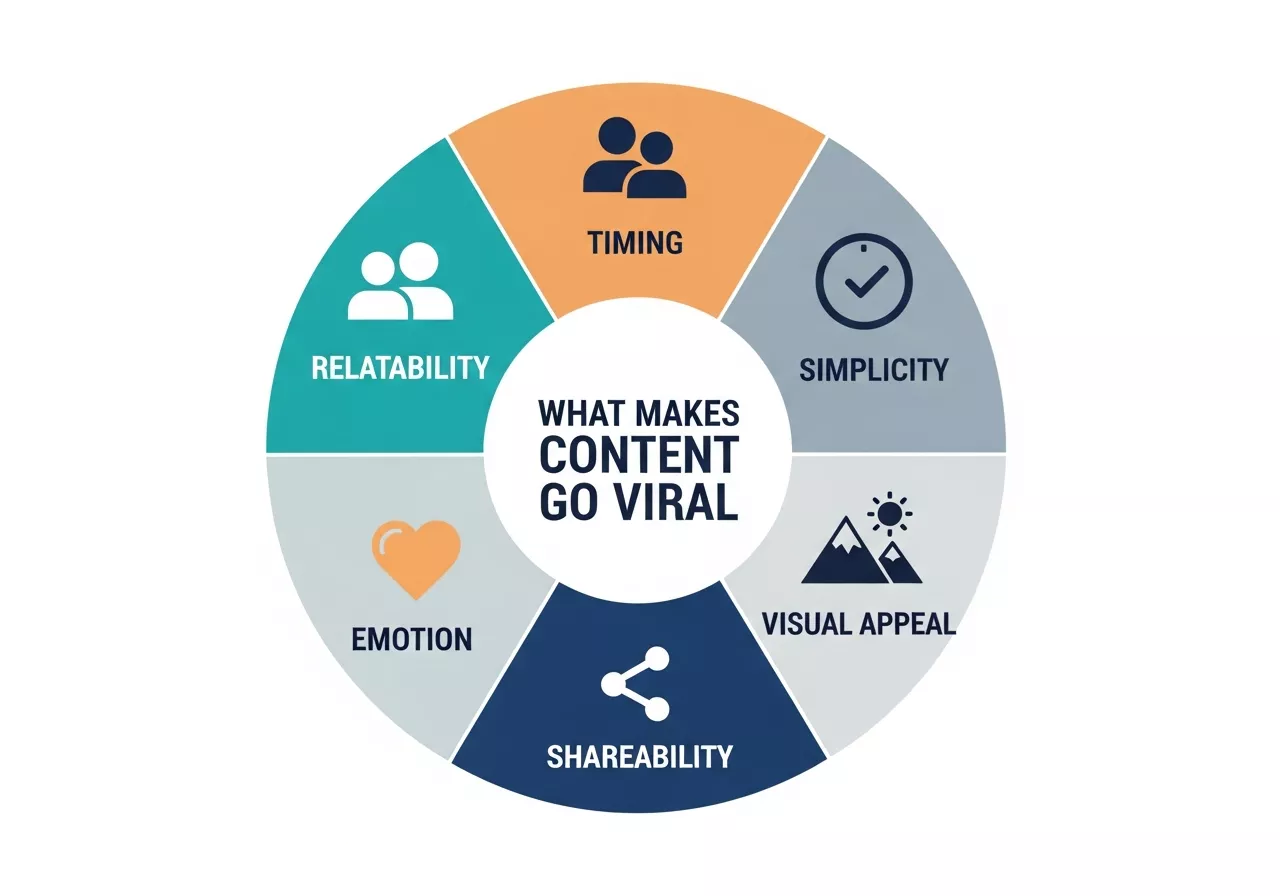
Relatability: Content that reflects shared experiences or common challenges creates instant connection. Users see themselves in the content and feel compelled to share it with others who might relate.
Timing: Viral campaigns often ride the wave of current events, trending topics, or cultural moments. The key is striking while the iron is hot—but with authentic, relevant messaging.
Simplicity: The most viral content is easy to understand and remember. Complex messages get lost in translation as they spread across networks.
Emotion: Content that makes people feel something—whether it’s laughter, inspiration, or even righteous indignation—gets shared more frequently than neutral content.
Visual Appeal: In our image-driven social media landscape, striking visuals can make or break a campaign’s viral potential. Eye-catching graphics, videos, or photos stop the scroll and encourage engagement.
Shareability: The best viral content is designed for sharing from the ground up, with clear calls-to-action and formats optimized for each platform.
Planning Your Viral Campaign Strategy

Define Your Core Message
Before diving into creative execution, establish what you want your campaign to communicate. Your core message should be simple, memorable, and aligned with your brand values. This message becomes the North Star that guides all creative decisions and ensures consistency across platforms.
Consider how your message addresses your audience’s needs, desires, or pain points. The most successful viral campaigns solve problems or fulfill emotional needs while subtly incorporating brand messaging.
Know Your Audience Inside and Out
Viral campaigns succeed when they speak directly to a specific audience’s interests, language, and cultural references. Create detailed audience personas that go beyond demographics to include psychographics, preferred content formats, active social platforms, and sharing behaviors.
Study your audience’s engagement patterns. What time do they scroll social media? What type of content do they typically share? Which influencers and brands do they follow? This intelligence informs both your content strategy and distribution timing, crucial components of your overall Viral Content Marketing Strategy.
Choose the Right Platforms
Different platforms favor different types of viral content. TikTok thrives on short, entertaining videos with trending audio. Twitter rewards timely, witty commentary on current events. Instagram favors visually stunning content that photographs well.
Rather than trying to be everywhere at once, focus on 2-3 platforms where your audience is most active and engaged. Tailor your content format and messaging to each platform’s unique culture and algorithm preferences.
Leveraging the Viral Marketing Funnel for Maximum Impact
Understanding how content moves through the viral marketing funnel can help marketers strategically design campaigns that maximize reach and engagement. Unlike traditional marketing funnels, viral funnels emphasize amplification through social sharing rather than just direct conversions.
Key Stages of a Viral Marketing Funnel:
- Awareness: The initial exposure of your content to a wide audience. Here, viral content thrives by evoking curiosity, humor, or emotion that encourages people to share.
- Engagement: Once your audience interacts with the content through likes, comments, or shares, it enters the engagement phase. Engagement signals social proof to both users and algorithms.
- Amplification: Active sharing by users fuels the content’s viral spread. This stage often relies on social currency—people share content that enhances their personal image.
- Conversion: The final stage turns attention into measurable outcomes such as website visits, email signups, or product purchases. Even viral content should tie back to a brand objective.
Creating Compelling Viral Content
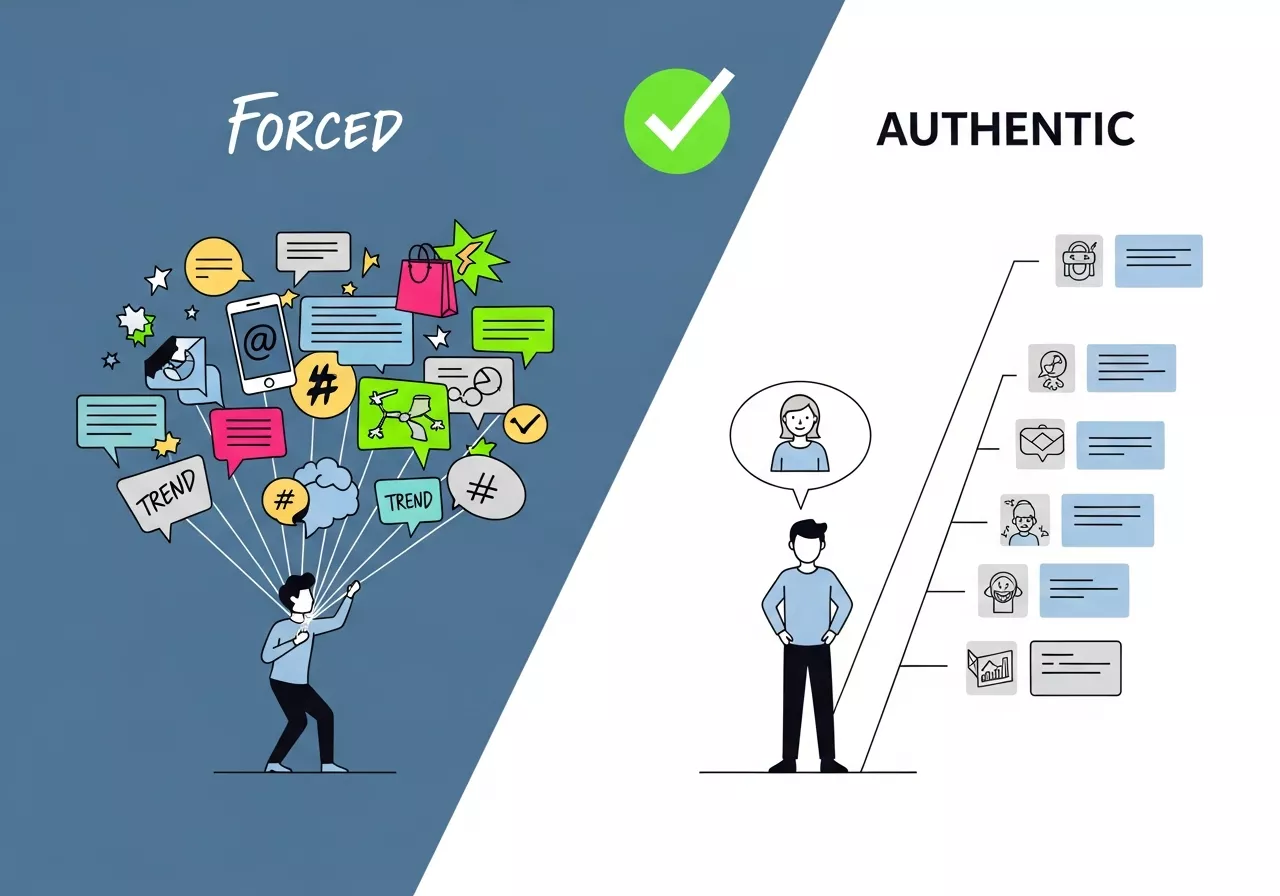
Master the Art of Storytelling
Stories are inherently shareable because they create emotional connections and are easy to remember and retell. Structure your campaign around a compelling narrative arc with relatable characters, conflict, and resolution.
User-generated content campaigns often go viral because they invite audiences to become part of the story. When people see themselves represented in your campaign, they’re more likely to engage and share with their networks.
Leverage Trends and Memes Thoughtfully
Jumping on trending topics can amplify your reach, but timing and authenticity are critical. Monitor trending hashtags, viral challenges, and cultural conversations relevant to your brand and audience.
The key is adding genuine value to the conversation rather than simply inserting your brand into popular trends. Ask yourself: Does our participation feel natural and valuable, or forced and opportunistic?
Create Interactive Elements
Viral campaigns often include interactive components that encourage participation. This might be a hashtag challenge, user-generated content contest, poll, quiz, or collaborative project.
Interactive elements transform passive viewers into active participants, increasing engagement and creating multiple touchpoints for sharing. Each participant becomes a potential amplifier of your campaign.
Optimize for Mobile Consumption
Most social media consumption happens on mobile devices, so your content must look and function perfectly on small screens. This means vertical video formats, large, readable text, and quick-loading visuals.
Consider how your content appears in mobile feeds and stories. Test different formats to see what captures attention and drives engagement on mobile devices.
Staying Ahead of Social Media Viral Trends
The social media landscape evolves rapidly, and keeping up with viral content marketing trends is essential to maintaining relevance. Predicting or riding trends can significantly increase a campaign’s chance of going viral.
Strategies for Tracking Viral Trends:
- Monitor Trending Hashtags and Challenges: Platforms like TikTok and Instagram frequently showcase trending content. Regular monitoring allows you to quickly join conversations in an authentic way.
- Leverage Analytics Tools: Tools like BuzzSumo, Sprout Social, and Google Trends reveal which topics are currently gaining traction.
- Observe Competitor Campaigns: Analyze which of your competitors’ content is receiving high engagement. Identify patterns that can inspire your own campaign without copying it.
- Follow Influencers and Communities: Micro and macro influencers often set trends before they go mainstream. Engaging with their content can give early insights into emerging viral patterns.
Execution and Launch Strategy
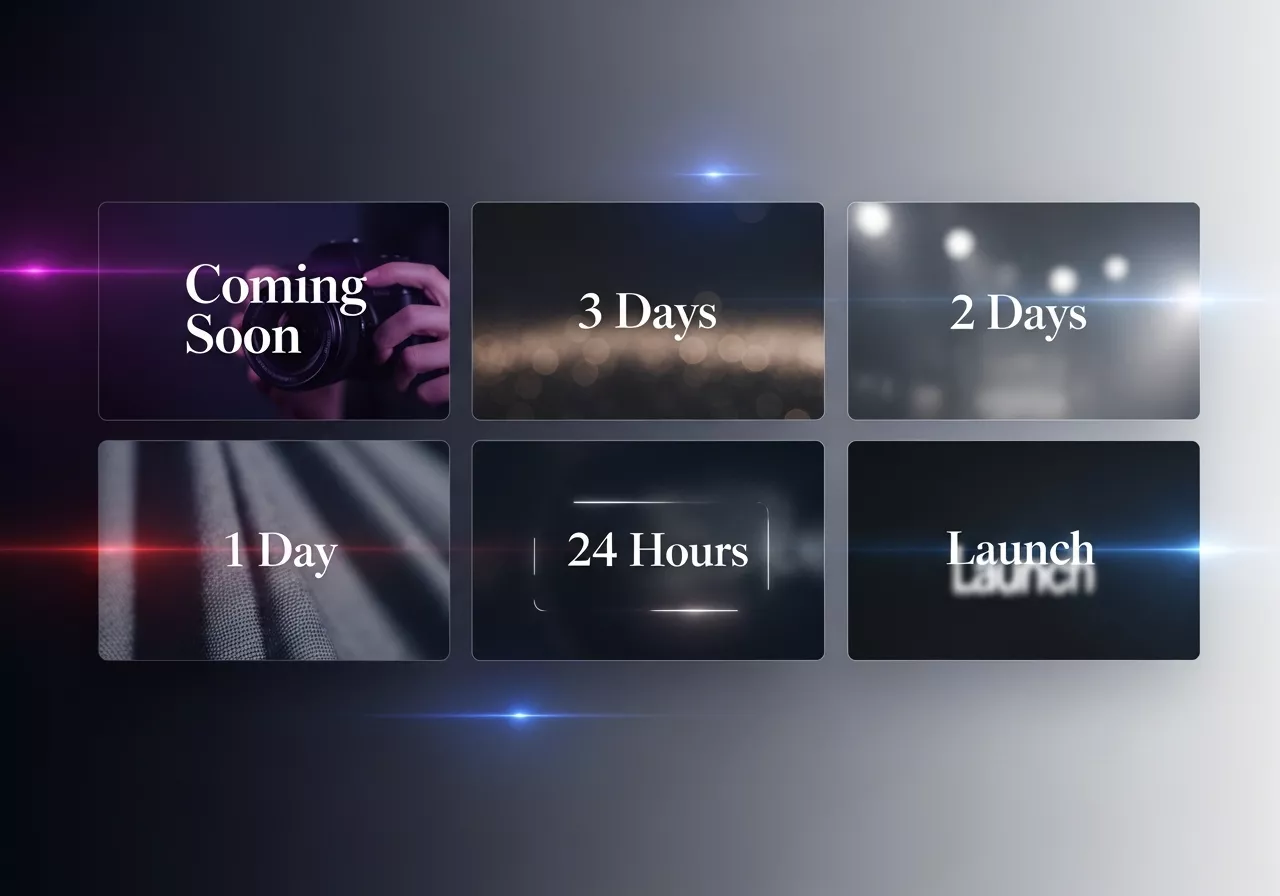
Build Anticipation with Teaser Content
Generate buzz before your main campaign launch with strategically planned teaser content. This might include behind-the-scenes glimpses, countdown posts, or cryptic hints that build curiosity and anticipation.
Teaser campaigns work particularly well when they create a sense of exclusivity or insider knowledge. Your existing audience becomes invested in the upcoming reveal and more likely to engage when you launch.
Coordinate Multi-Platform Launches
While tailoring content to each platform is important, coordinating your launch timing across platforms creates momentum and maximizes initial impact. Plan specific posting schedules that account for each platform’s peak engagement hours.
Create a content calendar that maps out how your campaign will unfold across platforms over time, including any platform-specific variations or exclusive content.
Partner with Influencers and Brand Advocates
Influencer partnerships can provide the initial push needed to achieve viral status. Choose influencers whose audiences align with your target market and whose personal brand complements your campaign message.
Don’t overlook micro-influencers and brand advocates who may have smaller but highly engaged audiences. These partnerships often feel more authentic and can be more cost-effective than celebrity endorsements.
Engage in Real-Time
Viral campaigns require active monitoring and real-time engagement. Respond to comments, share user-generated content, and participate in conversations around your campaign. This engagement signals to algorithms that your content is generating meaningful interaction.
Have a plan for scaling your engagement efforts if your campaign takes off. Viral success can mean hundreds or thousands of comments and mentions that require thoughtful responses.
Measuring Viral Campaign Success
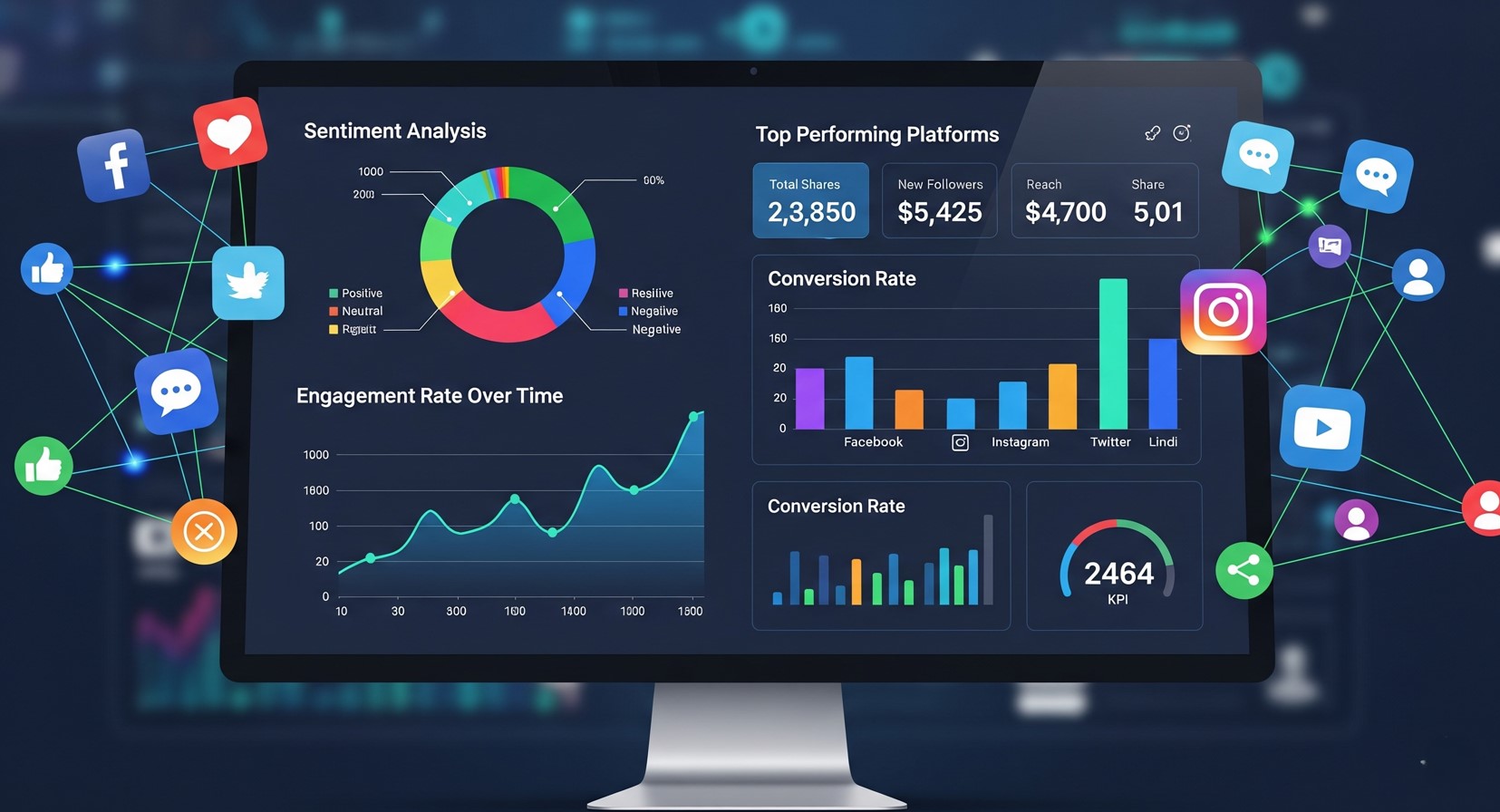
Track the Right Metrics
Viral success extends beyond basic reach and impressions. Monitor engagement rates, share-to-impression ratios, user-generated content volume, and sentiment analysis to understand your campaign’s true impact.
Consider both quantitative metrics (reach, engagement, conversions) and qualitative indicators (brand sentiment, community growth, earned media coverage) to get a complete picture of success.
Analyze Content Performance Patterns
Study which elements of your campaign performed best across different platforms and audience segments. This analysis provides valuable insights for future campaigns and content strategy.
Look for patterns in timing, content format, messaging, and visual elements that contributed to high performance. These learnings become part of your viral campaign playbook.
Measure Long-Term Impact
Viral campaigns can have lasting effects on brand awareness, follower growth, and customer acquisition that extend well beyond the campaign period. Track these metrics over weeks and months following your campaign.
Monitor whether viral success translates into meaningful business outcomes like increased website traffic, email signups, or sales conversions.
Common Viral Campaign Mistakes to Avoid
Forcing Virality Over Authenticity
The quickest way to kill viral potential is by creating content that feels forced or inauthentic. Audiences have sophisticated BS detectors and will quickly reject content that feels like obvious marketing manipulation.
Focus on creating genuinely valuable, entertaining, or inspiring content that happens to feature your brand rather than branded content trying to be viral.
Ignoring Platform-Specific Best Practices
What works on one platform may fall flat on another. Avoid the temptation to create one-size-fits-all content that gets posted identically across all platforms.
Each platform has unique algorithms, audience expectations, and content formats that require tailored approaches for maximum impact.
Neglecting Crisis Management Planning
Viral campaigns can sometimes spiral in unexpected directions. Have a crisis management plan ready that addresses potential negative reactions, controversial interpretations, or technical issues.
This includes having designated team members ready to monitor and respond to feedback, clear escalation procedures, and predetermined responses to common concerns.
Building on Viral Success
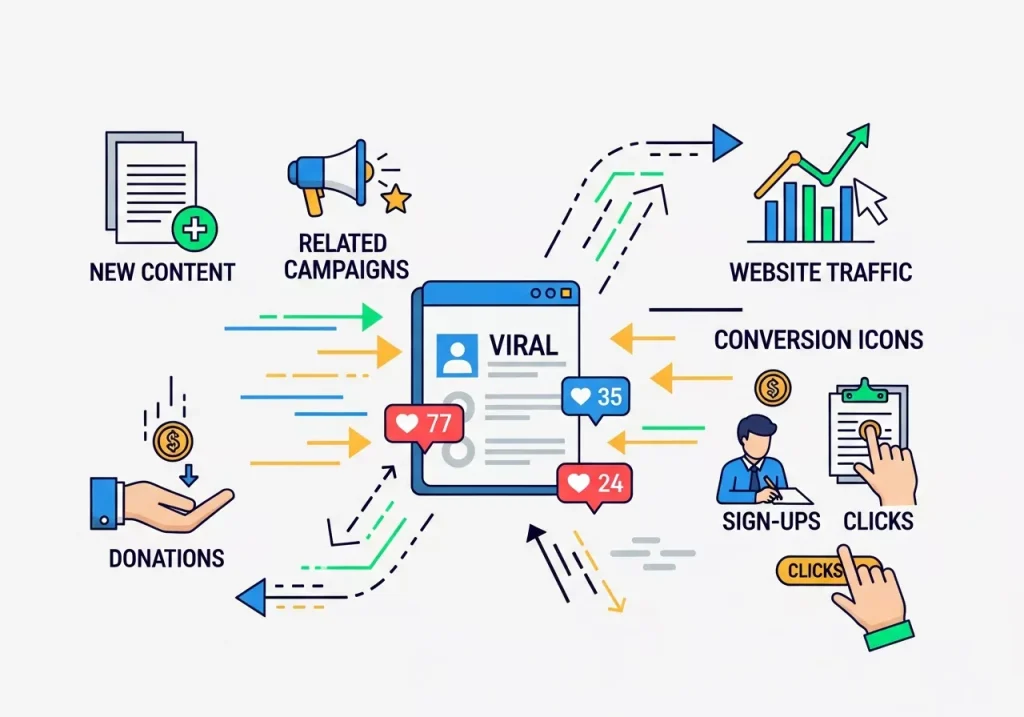
Capitalize on Momentum
When a campaign goes viral, act quickly to capitalize on the increased attention. This might mean creating follow-up content, launching related campaigns, or directing traffic to specific business objectives.
Have a plan ready for what happens if your campaign exceeds expectations. This includes having additional content ready, scaling customer service resources, and maximizing conversion opportunities.
Document and Share Learnings
Viral success provides valuable case study material that can enhance your brand’s thought leadership position. Document what worked, what didn’t, and the insights gained from the experience.
Consider sharing these learnings through blog posts, speaking engagements, or industry publications. This extends the value of your viral campaign beyond the initial social media impact.
Your Blueprint for Viral Success
Creating viral social media campaigns requires a delicate balance of strategic planning, creative execution, and real-time adaptability. While there’s no guarantee of virality, following these proven principles significantly improves your odds of creating content that resonates and spreads.
Start by deeply understanding your audience and crafting messages that speak to their emotions and experiences. Focus on authenticity over forced creativity, and always prioritize providing value over promotional messaging. Remember that viral success is often the result of consistent, quality content creation rather than a single perfect post.
The most successful viral campaigns become part of larger brand narratives and business strategies. Use the insights and momentum from viral success to build stronger audience relationships, enhance brand positioning, and drive meaningful business results that extend far beyond social media metrics.
Frequently Asked Questions (FAQ About Viral Social Media Campaigns)
1. What is a viral social media campaign?
A viral social media campaign is a marketing effort designed to create content that spreads rapidly across social platforms. Unlike traditional campaigns that rely mostly on paid promotion, viral campaigns depend on audience engagement and sharing, often fueled by emotional responses, relatability, and interactive elements.
2. How can I make content go viral?
There is no guaranteed formula for virality, but content that evokes strong emotions, is easy to understand, visually appealing, and encourages participation is more likely to be shared. Including storytelling elements, humor, or interactive challenges can also increase a post’s chances of going viral.
3. Which social media platforms work best for viral campaigns?
Different platforms have unique strengths for viral content. Short, entertaining videos perform exceptionally well on TikTok, while Instagram favors visually stunning images and Reels. Twitter is ideal for timely commentary and witty content, and Facebook works well for community-driven posts and longer videos. It is usually best to focus on two or three platforms where your target audience is most active.
4. What is a viral marketing funnel?
A viral marketing funnel is a model that tracks how content spreads from initial awareness to eventual conversions. The funnel starts by capturing attention with shareable content, then encourages engagement through comments and interactions. As people share the content with their networks, it amplifies reach. Finally, the funnel guides audiences toward actions that deliver measurable results for the brand, such as website visits, sign-ups, or purchases.
5. How do trends influence virality?
Trends play a crucial role in increasing the likelihood of virality. By participating in trending challenges, hashtags, memes, or interactive storytelling, brands can create content that feels timely and relevant to audiences. However, it is important to ensure that any trend participation aligns naturally with the brand’s identity to avoid seeming forced.
6. How can I measure the success of a viral campaign?
Success is measured not only by the number of views or reach but also by engagement, audience growth, and the impact on business goals. Observing how often content is shared, how audiences interact with it, and whether it drives traffic, conversions, or positive sentiment are key indicators of a campaign’s effectiveness.
7. Can small businesses create viral campaigns?
Yes, small businesses can achieve virality. The key is understanding the audience, creating authentic and relatable content, and leveraging participatory tactics such as user-generated content or collaborations with micro-influencers. Even without a large budget, compelling ideas and emotional resonance can propel content to a wide audience.
8. What are common mistakes to avoid in viral content marketing?
Common mistakes include trying too hard to force virality, creating content that feels inauthentic, ignoring the unique requirements of different platforms, and failing to prepare for potential negative reactions. Avoiding these pitfalls helps campaigns feel genuine and increases the chance of organic sharing.
9. How long does a viral campaign last?
While the peak visibility of a viral campaign often lasts from a few days to several weeks, the longer-term effects, such as increased brand awareness, followers, and website traffic, can continue for months if the momentum is leveraged effectively.
10. How should brands capitalize on viral success?
When a campaign goes viral, brands should act quickly to maintain momentum. This can involve releasing follow-up content, repurposing high-performing posts, guiding traffic toward business goals, and documenting insights to inform future campaigns. Properly capitalizing on viral success ensures that short-term attention converts into long-term value.
Learn about: How to Master Trend Marketing Strategy





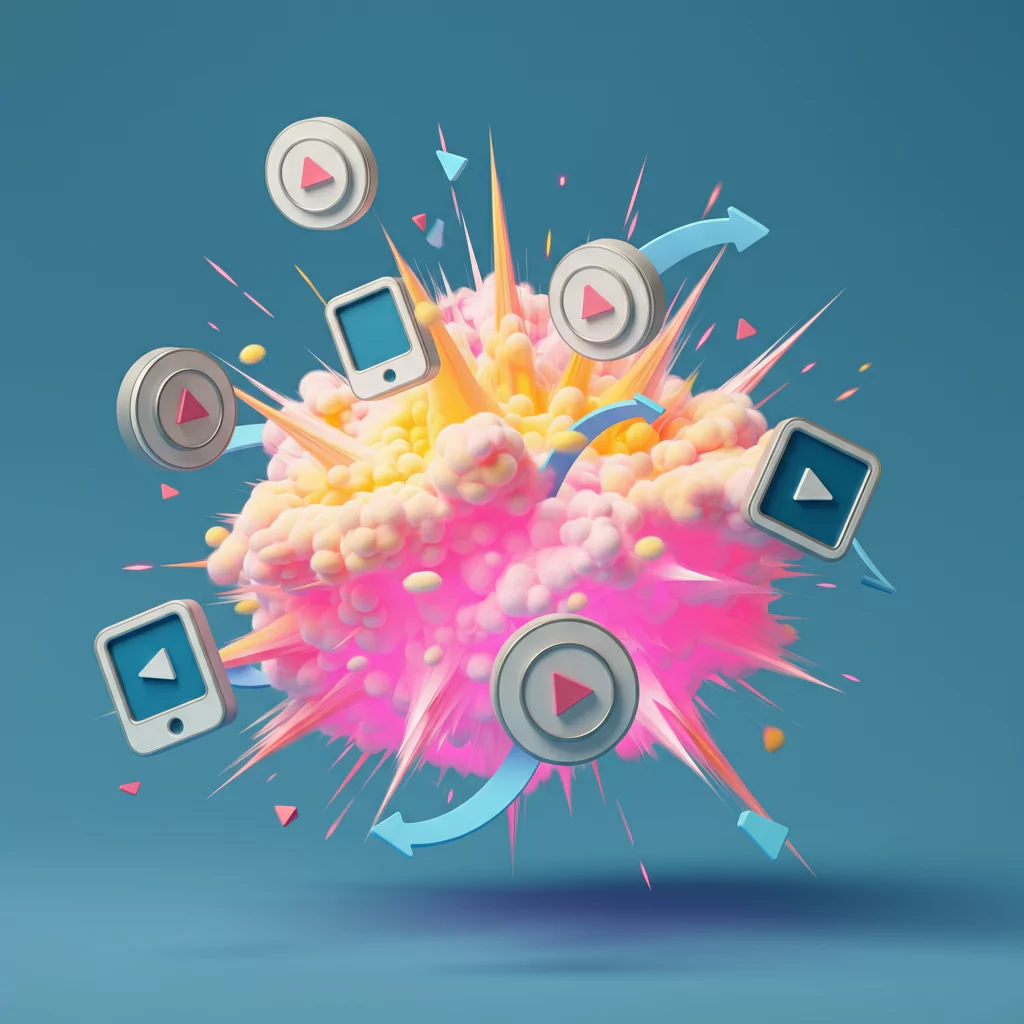




Leave a Reply